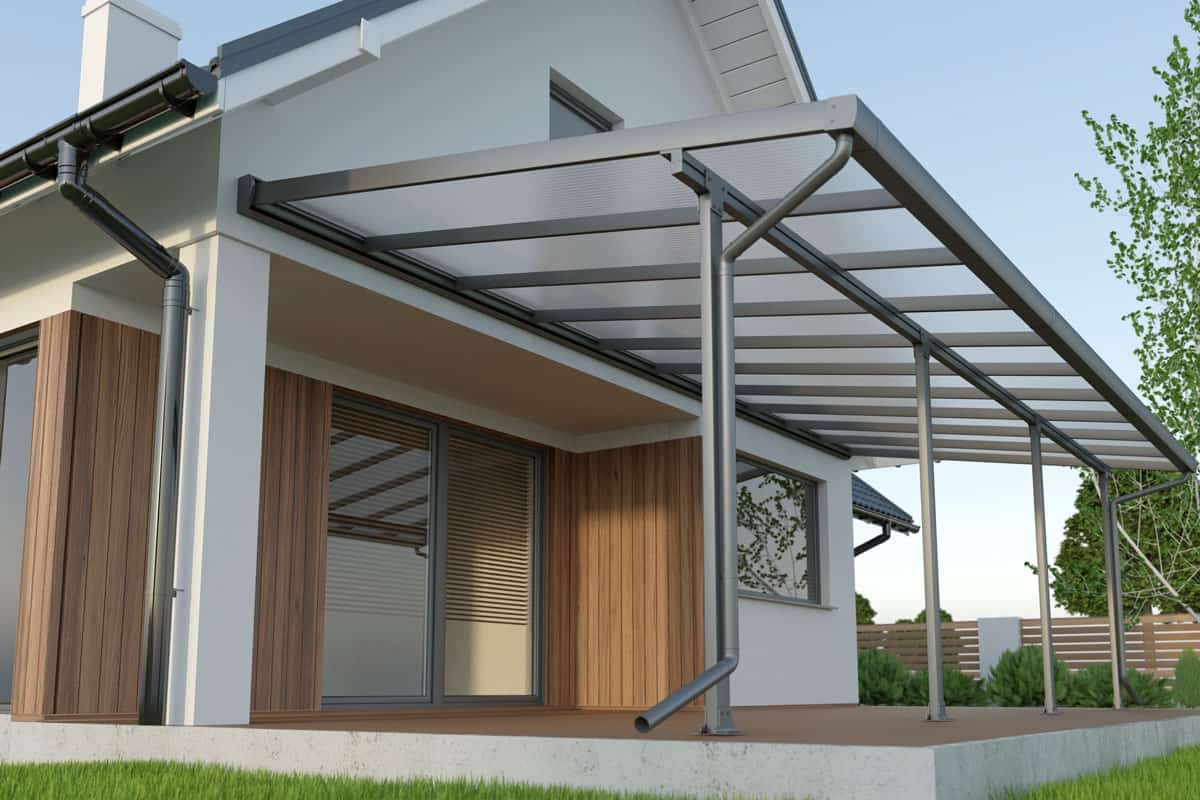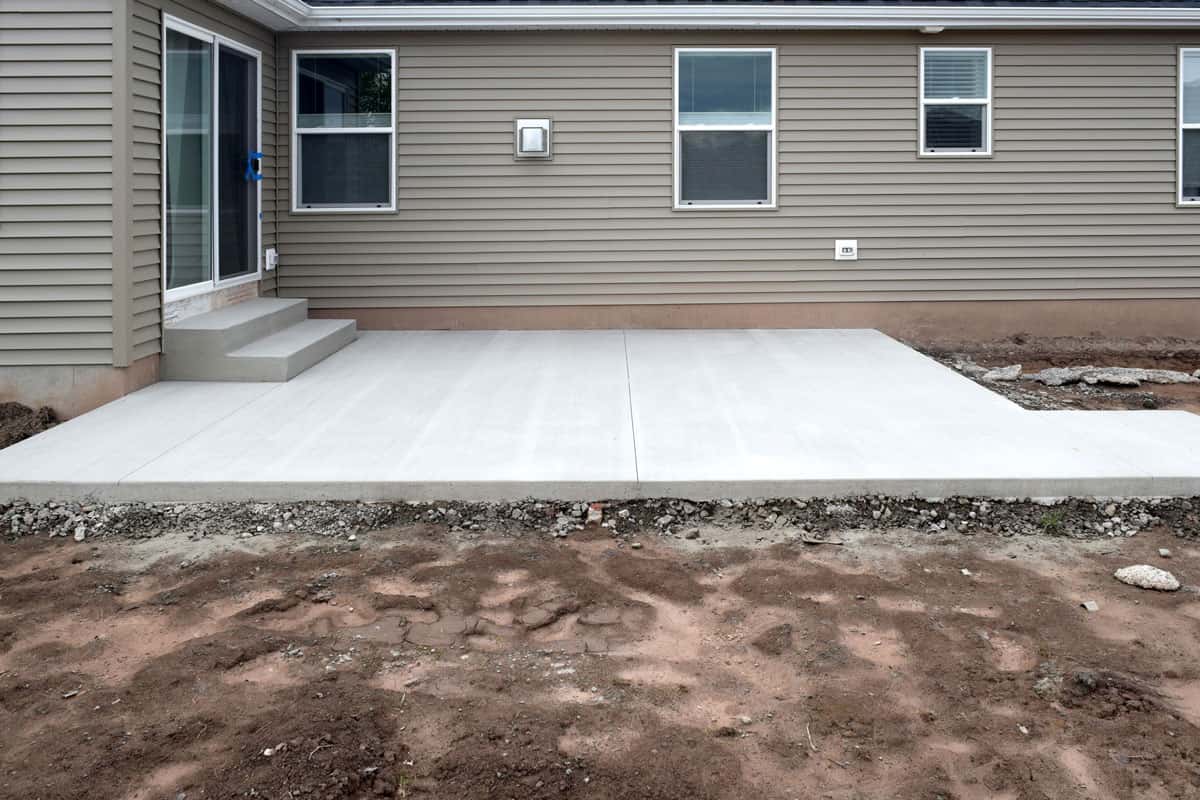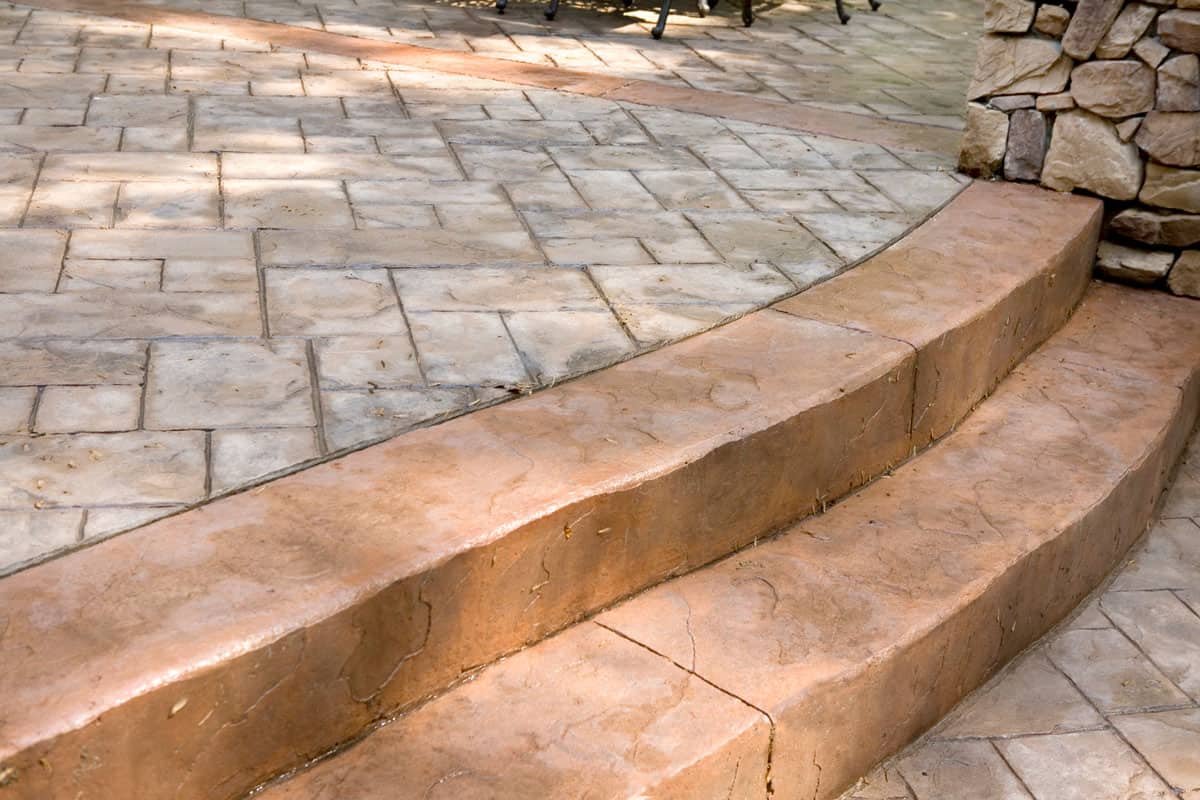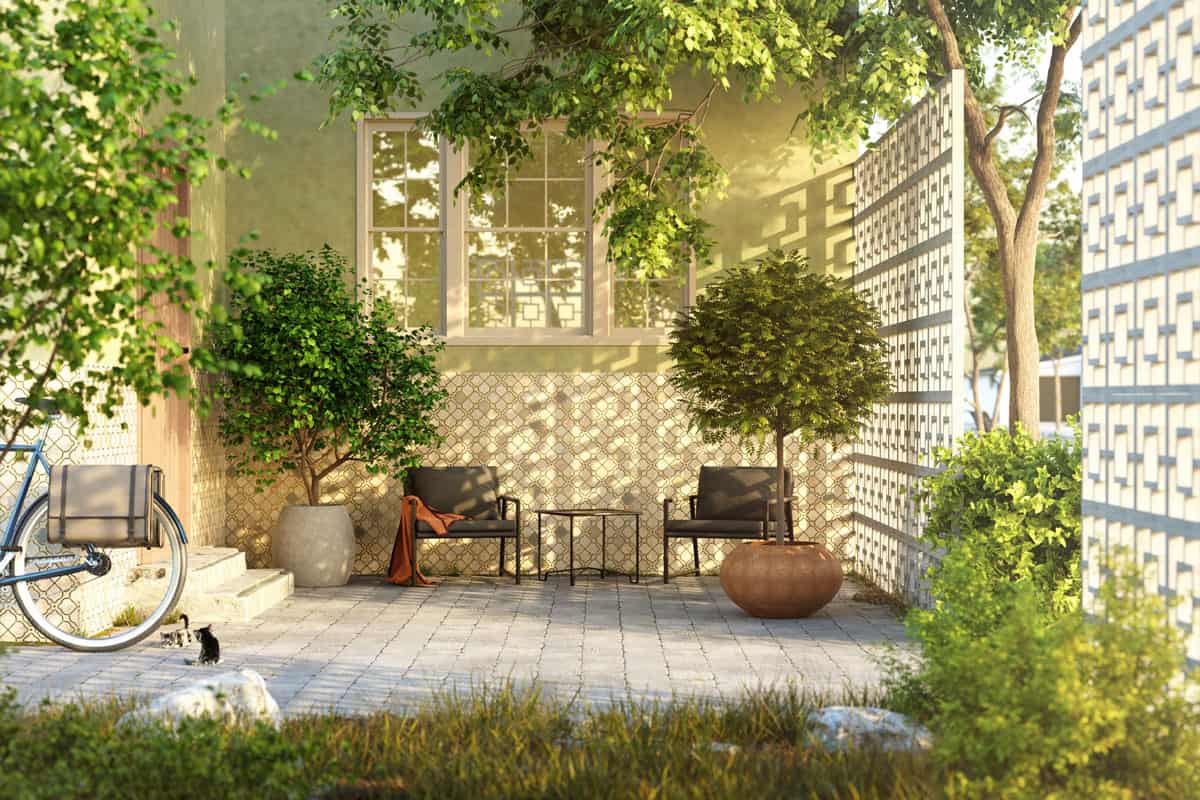Are you starting a patio project, and do you want to know if your patio should be level or sloped? You’ve come to the right place, for we have researched this question, and we have the answer for you.
Patios should have a slope. This will ensure that rainwater will not settle on top of your patio.
Learn more about patios and how to correctly set that slope during the installation of your new patio. We have all the details that you need in the succeeding sections.
Read on!
![luxury deck on grass plain with white bio climatic pergola, Cozy sofa set with coffee table, palm trees and relaxing, Should Patio Be Level Or Sloped? [And By How Much]](https://landscapingbase.com/wp-content/uploads/2022/07/1.png)
How much incline do I need for my patio?
Patios need a slope to direct rainwater away from their surface. Additionally, the slope should direct the water away from the house.
Without a slope, water will eventually accumulate on top of the patio. Water on top of the patio will soften the materials that hold the patio together. Water will eventually reach the subbase and wash it off.
Without the subbase, the patio will start to deteriorate from the bottom.

Moreover, water accumulation on your patio can cause the water to penetrate the surrounding surface of the house. This can cause the water to penetrate the basement or damage the foundation.
The side of the patio nearest the house should be raised by an inch for every four to eight feet of length of the surface of the patio. The surface length is measured away from the house.
How to install a concrete patio?

A concrete patio is great for a first patio installation. If you decide to upgrade to a paver later, you can use the concrete patio as the base for your pavers.
Here are the simple steps that you can follow to install a concrete patio.
Preparing For The Concrete Patio Project
- Check your local building code if there are requirements that you need to follow when installing the concrete patio. Incorporate those requirements into the steps below.
- Check if you need to get any permits when you build your patio. Get all the permits that you need before you start working on the project.
- You need to know the location of the utility lines. This is for you to make sure that you’re not going to hit, damage, or destroy any utility lines when you start your patio project. If your target location is in the way of a utility line, adjust the location to at least 18 inches away from the nearest utility line.
- If you’ve installed wires or pipes in the past, you need to make sure that your patio project is not going to hit those. Check your notes to get their precise location.
Preparing The Area
- Mark the area where you plan to install the patio. If you plan to connect it to your house, then it should be slightly lower than the floor level.
- Start excavating from the area nearest your house. When you dig, leave at least four to six inches of space from the perimeter of the patio that you plan to make. This will give you the space that you need to work on the perimeter of the patio that is under the ground. If you are building your patio to be flush to the ground, you will need to dig to a depth of four inches. If you expect the patio to support objects that are heavier than just foot traffic—like cars or trucks—then you need to increase the depth of your excavation to eight inches. Dig the entire area until you reach the target depth.
- Hammer concrete form stakes into the ground along the perimeter of the patio but is an inch away from the perimeter. They can be ten to twelve inches long so that they have enough length to be driven into the ground. Install once concrete form stakes every 30 inches until you cover the perimeter. This distance between form stakes should be smaller if you need to construct a thicker concrete patio.
- Tie strings from one form stake to the next. The distance of the strings from the ground should match your target height. The strings closest to your house should be an inch higher for every eight feet of length than the rest of the strings. This will give your patio the slope that it needs. Adjust the height of the string proportionately if the length of your patio is not exactly eight feet.
Installing Wooden Concrete Forms
- Install 2X4s along the perimeter of your patio to serve as concrete forms. You can rent some forms if those are available in your area. Concrete forms are barriers that keep concrete in place or maintain its shape until it hardens.
- Align the top of the 2X4 to the strings.
- Screw the 2X4 to the concrete form stakes to keep them in position and with the right slope.
- Keep fastening the 2X4 slabs to the concrete form stakes until you cover the entire perimeter.
- If you’re going to install a concrete patio that is six inches thick or more, use rebars on a grid that is two feet apart to provide additional support to your concrete. Use 3-inch-tall rebar chairs to raise the rebar grid and to keep it in position while you pour your concrete.
- Compact the area using any compactor tool.
- Pour a layer of gravel that is an inch deep into the area then compact it.
Pouring The Concrete
- Mix your concrete following the manufacturer’s recommendations on the ratios.
- Pour the concrete into one area and spread it using a rake or shovel.
- Keep poking the concrete—especially on corners—so that there will be no air bubbles.
- Use a long piece of lumber as a screed board. Move it back and forth across the surface of the concrete forms to level the concrete underneath. Keep doing this until you have the first two to three feet of concrete level. It is best to move the screed board back and forth across the forms in a direction that is perpendicular to how you’re pouring concrete. When you get to the end of the concrete, lift the screed board, and return to the start of the concrete form to screed all over again.
- Repeat Steps 2 to 4 until you fill the area with concrete and your concrete becomes level.
- Use a hammer to tap the outside of the concrete forms. This will help the concrete to settle better and get rid of the air inside the concrete.
- Use a bowl float with a long handle to smoothen the surface of your patio by moving it back and forth on the surface of the wet concrete. If the area of your patio is not too big and your arm can reach beyond the center, you can use a hand float to screed the surface. You normally need a few passes before you can get the concrete smooth.
Curing The Concrete

- Wait for a few hours to let the concrete cure.
- Sprinkle some water over the concrete. Do not use too much water pressure when spraying water over the concrete. This will help the concrete cure and dry slowly. This reduces the chances that the concrete will crack and improves its hardness.
- Spray the slab with water five to six times daily for five days.
- Remove the form stakes.
- Remove the concrete forms. Fill the surrounding area of the concrete with soil.
- Use a concrete saw to cut joints in your concrete. Joints give your concrete room to expand and contract with the changes in temperature. This helps prevent your concrete from cracking.
Should a patio be flush with the grass?

The surface of the patio should be level with the level of the lawn. This eliminates any possibility of your patio turning into a tripping hazard. This will also produce the best look for your patio.
When building your patio, set it at half an inch above grade. The growth of the grass will fill up the half-inch difference in height and will make your patio flush with the grass.
Conclusion

Patios should have a slight slope so that rainwater will flow out and not create a puddle.



![A man using a portable vacuum to collect dead leaves, Will A Leaf Vacuum Pick Up Mulch? [Can It Remove Leaves From Mulch?]](https://landscapingbase.com/wp-content/uploads/2022/09/Man-using-a-portable-vacuum-to-collect-dead-leaves-600x400.jpg)

